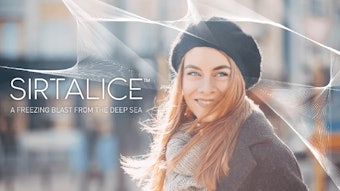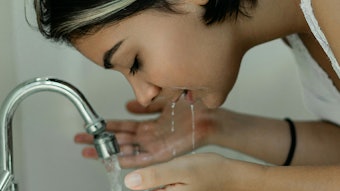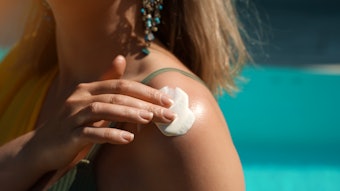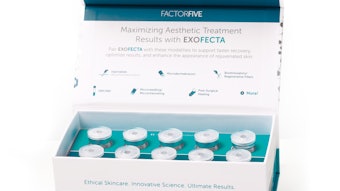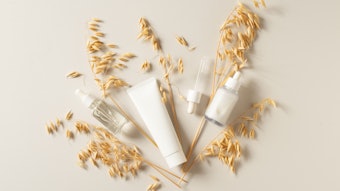Use of mineral spa water and seawater has been and continues to be a common treatment modality for inflammatory skin conditions such as psoriasis, atopic dermatitis, and irritant contact dermatitis. Spa or mineral water and seawater are noted for their relatively high concentrations of minerals such as strontium and selenium and for their high osmolality relative to physiological saline. Despite widespread use, few studies have explored what accounts for the therapeutic effect of seawater or its mechanism of action.
Seawater
Recent in vivo and in vitro studies lend credence to the common practice of applying seawater to inflamed skin. In acute eruptions of atopic dermatitis, seawater exhibited antipruritic effects. There was a significant reduction of visual analog scores for itching, which was evaluated.1 The reduction of visual score of itching went from 15.05 to 2.35 (p <0.01) after 4 weeks of therapy. In the setting of irritant contact dermatitis, seawater compresses significantly decreased transepidermal water loss (TEWL) and increased skin capacitance compared with the deionized water control when the compresses were applied for 20 minutes at a time several times over the course of 2 weeks.2 TEWL indicates water barrier disruption, while capacitance signifies stratum corneum (SC) water content. Thus, the results provide evidence for seawater’s ability to inhibit skin barrier disruption and inhibit SC dryness in irritant contact dermatitis.
Seawater has also been shown to be beneficial in the treatment of psoriasis. In a randomized, double-blinded, controlled study, Dead Sea baths containing a high mineral composition3 were administered daily at 35˚C for 20 minutes over 3 weeks. Relative to the distilled water control, Dead Sea baths significantly decreased psoriasis area and severity index (PASI) scores in psoriasis vulgaris patients immediately after treatment (34.8% vs. 27.5%), with therapeutic effects still significant one month after the treatment ended (43.6% vs. 24%). However, there was no statistical difference in PASI scores and patient subjective evaluations between the treatment group that received Dead Sea baths and the treatment group that received common salt baths (mostly sodium chloride [NaCl]) of the same osmolality. Dead Sea salts and common bath salts exhibit differences in mineral composition, osmolarity, and relative proportion of mineral salts. Common bath salts usually include several commonly found salts, such as NaCl or KCl, and do not include selenium, strontium and magnesium. While this study supports seawater’s therapeutic effects, it suggests that osmolality, instead of ion character, may act as the active component in seawater therapy.3
